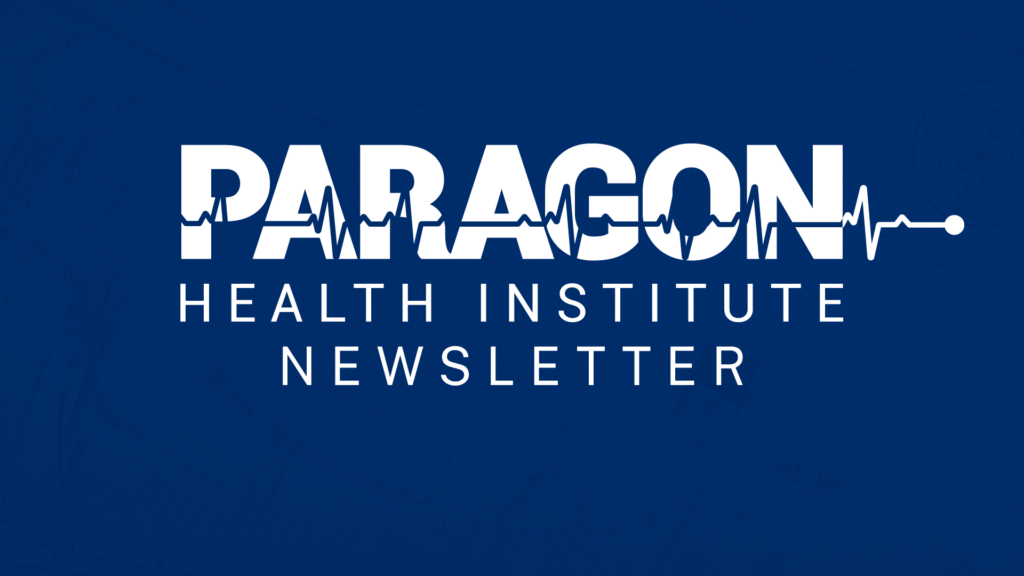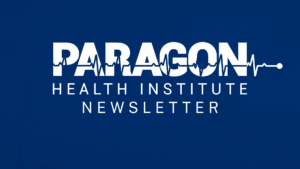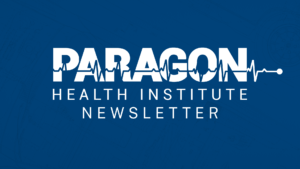As spring begins, Congress continues to hold hearings on issues related to the problems with the health care system. As you may recall, I recently testified before the House Education and Labor Committee. One key point from my testimony: the outcomes of programs are what matters, not the intentions behind those programs. This is important when evaluating our last major health policy experiment—the Affordable Care Act (ACA).
For the twelfth anniversary of the law’s passage, I wrote a piece for National Review Online, “Reality Check: The Increasing Cost of Papering Over Obamacare’s Problems” since most of the media coverage of the ACA is out of step with reality. Assessing the ACA accurately is important to not only properly evaluate proposals that might expand or reform the program but also to recognize how the law has underperformed expectations, including:
- American health worsened after the ACA’s core provisions took effect. Life expectancy—perhaps our best measure of health—was lower in 2019 than it was in 2013.
- From 2015-2020, exchange enrollment averaged only about 10 million people, about 60 percent below projections.
- Average premiums for individual market coverage increased from $242 to $589 between 2013 and 2019, while deductibles also soared.
- The entire net coverage gains from the ACA occurred through Medicaid, and the ACA’s Medicaid expansion has led to a surge of improper spending on the program as federal improper Medicaid payments are now $100 billion annually.
Some progressives have surveyed this landscape and recommend policies that would further restrict options outside of the ACA exchanges and that would attempt to address the unaffordability of ACA exchange plans through higher taxpayer subsidies.
Last year, Congress expanded ACA subsidies through December 2022 by requiring taxpayers to subsidize premiums for higher income households and pay larger subsidies on behalf of lower- and middle-income households. The expanded subsidies hide the ACA’s true cost and carry a host of problems. These include increasing federal borrowing without materially expanding coverage, pushing up health care prices and premiums, and subsidizing insurance companies—making them even more dependent on government financing. Ultimately, most of the new government spending simply replaces private spending, which leads to a very high amount of total spending—estimated at $17,000—per newly insured person.
I concluded my piece with a suggested bipartisan health reform, which builds on a major rule I worked on while at the White House’s National Economic Council—the new individual coverage health reimbursement arrangements (ICHRAs). Using ICHRAs, employers can reimburse their employees for individual market coverage using pre-tax dollars. Congressional codification of the ICHRA rule, as well as reforms that would lower average ACA premiums, would expand options for employers and families and create a stronger individual market for insurance.
Potential Politicization of the IRS
On April 1, the president of the Center for a Free Economy Ryan Ellis wrote a Wall Street Journal op-ed about troubling new powers that Congress gave the Internal Revenue Service (IRS) to track a widespread number of additional transactions and how “[n]ext tax season will be a nightmare.”
Worse is when the IRS takes actions that Congress did not authorize. A proposed rule put forth by IRS—which cleared review by the Office of Management and Budget and the White House on March 29—could make millions of people with access to employer-sponsored coverage eligible for ACA subsidies by “fixing” the so-called family glitch. I’ve written a research paper for the Galen Institute and a Forbes blog on this subject.
Here’s the issue in brief: The ACA created large subsidies for people to purchase plans in the individual health insurance exchanges. However, the subsidies were so large that Congress was concerned Obamacare’s fiscal cost would be untenable. So, it prevented people with access to an affordable employer plan from receiving subsidies. The trick was determining whether an offer of employer-sponsored coverage was affordable.
The ACA based affordability only on the cost to a worker of self-only coverage. If a worker receives an offer of affordable self-only coverage (defined, for 2022, as a premium payment of less than 9.6% of wages), then the worker’s household is ineligible for ACA subsidies.
Thus, if the firm offers coverage of dependents but provides little or no contribution toward their premiums, the worker’s dependents are ineligible for ACA subsidies.
This issue has been dubbed the “family glitch” although the law was written this way intentionally. As health insurance and ACA expert Louise Norris wrote, “The glitch was not an accident – basing affordability on the whole family’s premiums would have increased federal costs significantly.”
Back in 2011 and 2012 when the Obama administration was writing regulations to implement Obamacare, they spent enormous time on the family glitch. Many progressives pushed for a broader interpretation with affordability measured on family coverage instead of self-only coverage. But the Treasury Department, the IRS, the Government Accountability Office, the Joint Committee on Taxation, and the Congressional Budget Office all reached the same conclusion—the statute based affordability on the cost of self-only coverage. And the statute has not been amended to change that.
As of this writing, it is unclear exactly what IRS will propose in this rule. However, it is possible that IRS has decided to ignore the law based on political pressure.
Regardless of the policy merits, this politicization of IRS’s enforcement of the tax code is dangerous—not to mention that it would likely lead to billions of dollars of new spending that was not authorized by Congress.
Finally, as a policy matter, 91 percent of the people affected by the family glitch already have coverage, with almost all of them covered by private insurance. The main policy implication of a new and unlawful IRS interpretation would not be to reduce the number of uninsured but to instead replace employer-sponsored coverage with heavily subsidized exchange-based coverage. Such an interpretation would also mean many more employers would stop offering affordable family coverage, so more families would end up on separate plans and taxpayer costs would explode.
If the IRS does take such actions, Congress should launch an investigation into the political pressure put on the IRS. It should demand to see all the analyses conducted by IRS and Treasury during the Obama administration. Again, these analyses concluded that the proper legal interpretation of the statute based affordability just on the cost of self-only coverage for the employee. They also should demand to see all the analyses the Biden administration relied on to change this statutory interpretation as well as all communications between political employees in the White House and IRS and Treasury officials and staff on this issue.
Odds and Ends
Don’t Wait for Washington
This week I wrote a policy brief examining the options that North Carolina has to improve access to quality health care for its citizens. This brief recaps many of the ideas contained in Paragon’s state health reform book Don’t Wait for Washington. For example, when summarizing the problems with certificate-of-need laws, I shared that: “CON is a huge problem in North Carolina with 27 health care services requiring CONs—the second most of any state. Limiting CON’s footprint in the state would help all consumers, particularly lower-income consumers who need lower-priced care alternatives.”
What’s Happening in the Ball Court
This week Paragon’s Director of Public Health and American Well-being Joel Zinberg joined the world of sports, talking about how vaccine mandates affected the Brooklyn Nets when star player Kyrie Irving refused to comply with a New York City vaccine mandate. Mayor Eric Adams recently exempted professional athletes and performers from that mandate.
While the decision is welcome, as Joel points out, the “action highlights the absurdity of continuing the city’s mandates for other private workers and city employees.”
“The mayor seems genuinely interested in promoting the city’s economic recovery,” Joel observed. “But recovery cannot occur when thousands of private and city employees are barred from work. The science shows that the time has come to lift these outdated and unnecessary employee mandates.”
In Closing
Finally, Paragon has been fortunate to have the support of a set of incredibly accomplished researchers, economists, doctors, nurses, and former government officials who serve as public advisors for us. Last week, Paragon public advisor Ge Bai, who is a professor at Johns Hopkins University, joined the Congressional Budget Office as a visiting scholar in their Health Analytics Division. Congratulations to Ge, and kudos to CBO for selecting such a prolific health policy researcher to support their modeling and analyses.
Best,
Brian Blase
President
Paragon Health Institute




